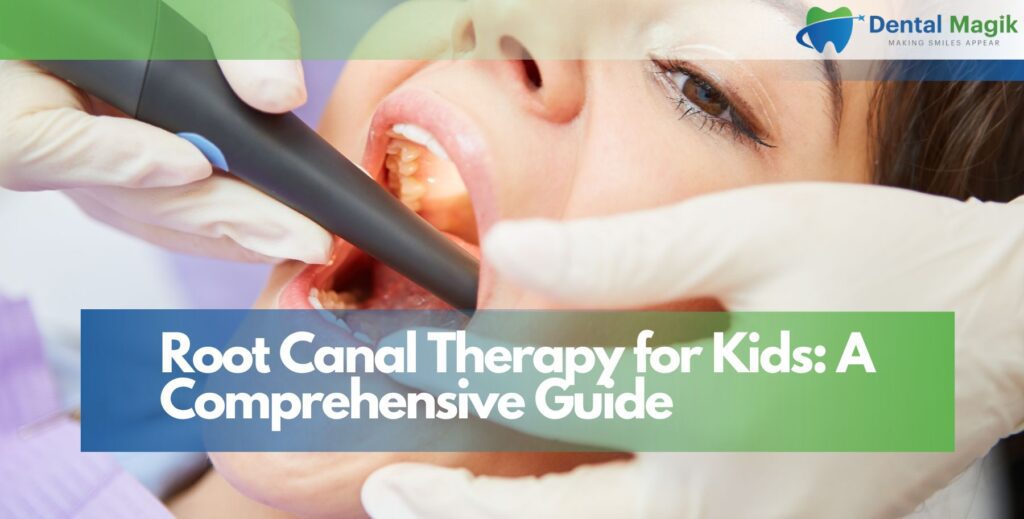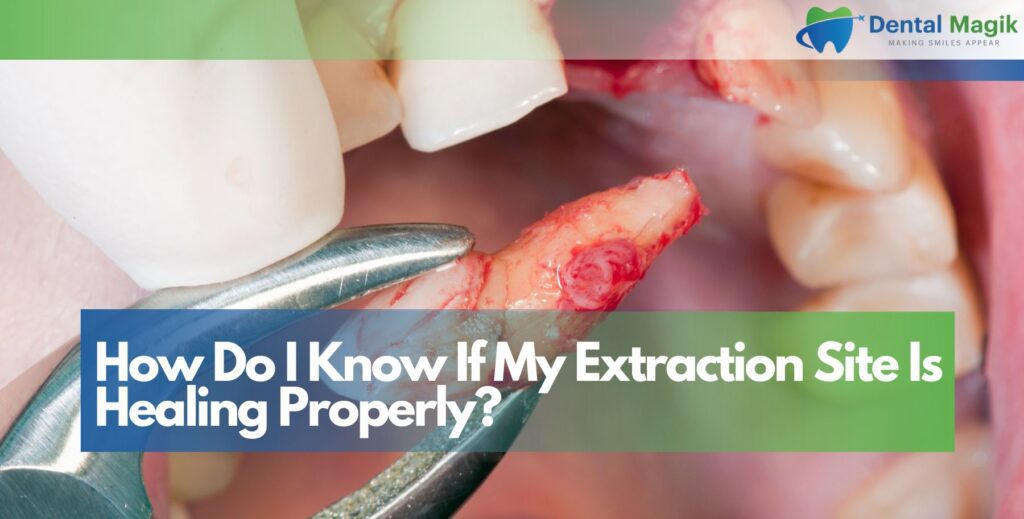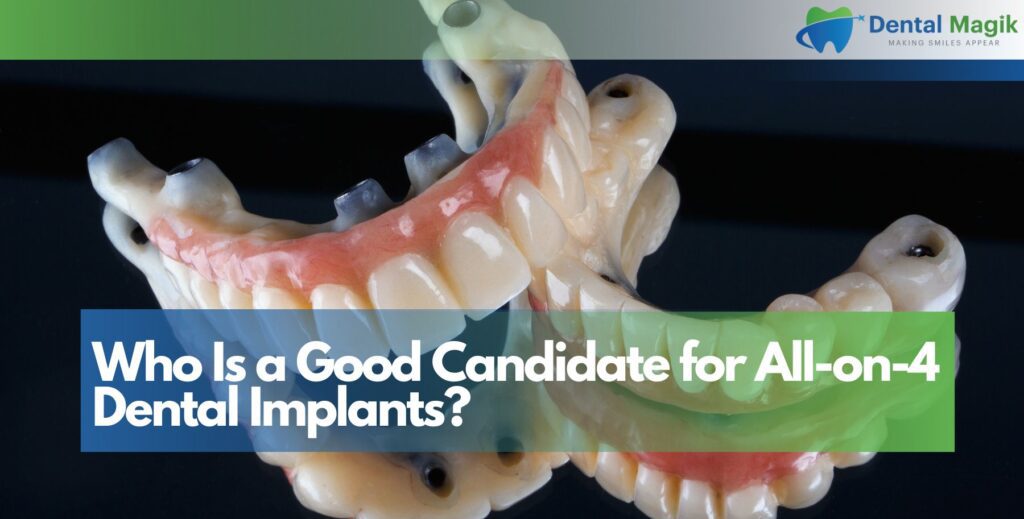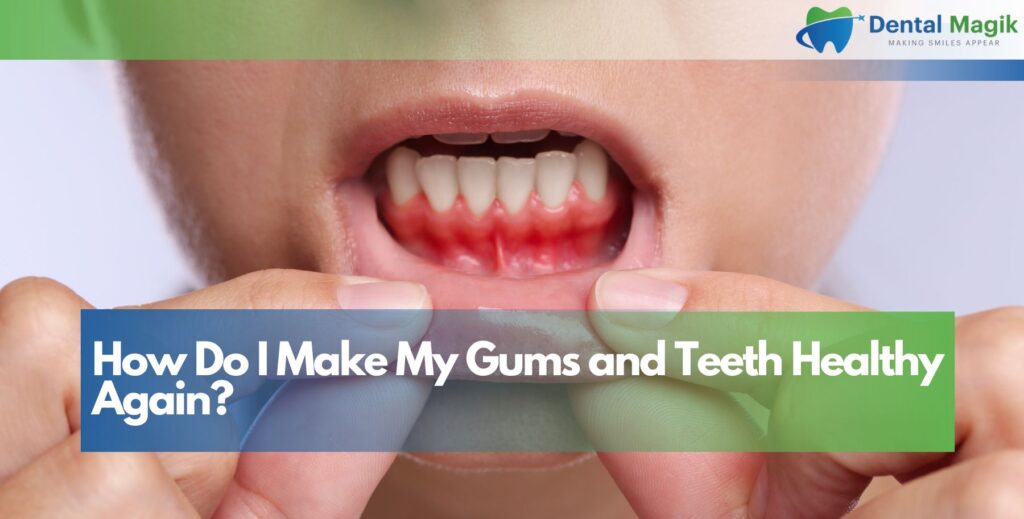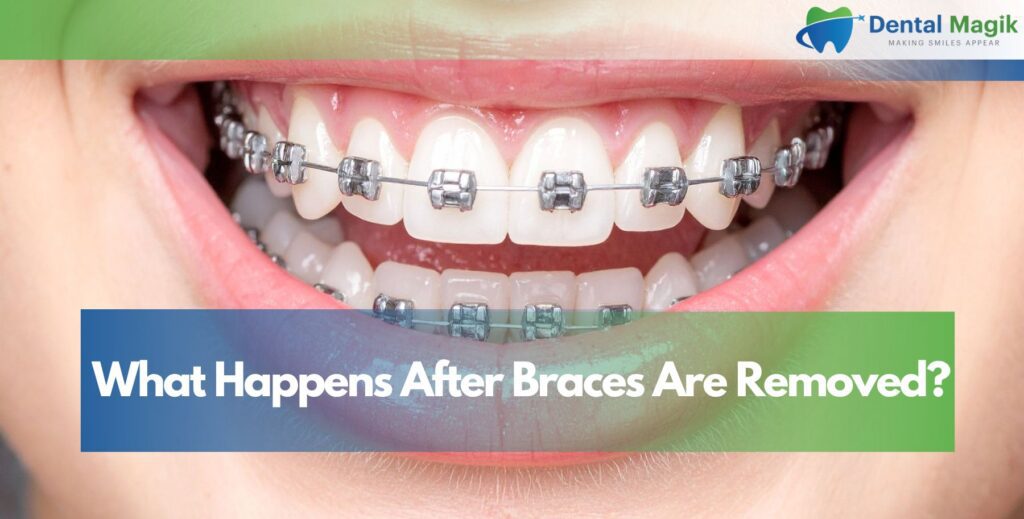When parents hear the words root canal therapy for kids, it often brings worry and confusion. Many assume this treatment is only for adults, but in reality, pediatric root canal treatments are a vital way to save a child’s natural tooth, stop pain, and prevent further oral health problems.
This guide will help you understand everything — from why kids might need a root canal to what the procedure involves, recovery tips, and how to keep your child’s smile healthy for years to come.
Understanding Root Canal Therapy in Children
Root canal treatment is a dental procedure that removes infected pulp from inside a tooth, cleans and disinfects the area, and then seals it. In children, this can involve primary teeth (baby teeth) or permanent teeth that have been damaged or infected.
Why Baby Teeth Sometimes Need Root Canal Treatment
Many parents wonder why it’s necessary to save baby teeth when they will eventually fall out. Baby teeth play a crucial role in guiding permanent teeth into the correct position, maintaining jaw development, and enabling proper speech and chewing.
Signs Your Child Might Need Root Canal Therapy
Early detection is key to avoiding severe dental complications. Common symptoms include tooth pain, sensitivity to hot or cold, swelling, or a visible abscess on the gums.
Recognizing the Symptoms Early
Persistent discomfort, especially at night, could mean the tooth’s nerve is infected. Pediatric dentists recommend immediate evaluation if any of these signs appear.
Common Causes of Tooth Pulp Infection in Kids
Children’s teeth can become infected due to tooth decay, trauma, cracks, or untreated cavities.
How Cavities Lead to Root Canals
If decay penetrates the enamel and dentin, it can reach the tooth’s pulp, causing inflammation and infection.
Types of Pediatric Root Canal Treatments
Not all root canals for kids are the same. Dentists choose the right type depending on the extent of damage.
Pulpotomy
A pulpotomy involves removing only the infected portion of the pulp, leaving the healthy part intact. This is often used in primary teeth.
Pulpectomy
A pulpectomy removes the entire pulp tissue when the infection has spread throughout the root canal system.
The Root Canal Procedure for Kids
Understanding each step of the process can ease your child’s fears.
Step-by-Step Overview
- Numbing the tooth with local anesthesia.
- Opening the tooth to access the pulp chamber.
- Removing infected pulp tissue.
- Cleaning and disinfecting the canal.
- Filling and sealing the space to prevent reinfection.
- Placing a crown for extra protection.
Sedation Options for Children
Some children may feel anxious about dental treatment. Sedation dentistry helps them stay calm and comfortable during the procedure.
Types of Sedation
Nitrous oxide (“laughing gas”), oral sedatives, and IV sedation are common options used in pediatric dentistry.
Pain Management After Root Canal Therapy
While discomfort is normal for a day or two, most children recover quickly with proper aftercare.
Tips for Reducing Discomfort
Over-the-counter pain relievers, a soft-food diet, and gentle brushing can make recovery smoother.
Caring for the Tooth After Treatment
Good oral hygiene is critical after a root canal to maintain the tooth’s health.
Preventing Future Problems
Brushing twice daily, flossing, and regular dental visits are the best defenses against repeat infections.
Cost of Root Canal Therapy for Kids
The cost varies based on the type of tooth, the extent of infection, and whether a crown is needed.
Insurance and Pediatric Dental Coverage
Many dental insurance plans cover a portion of pediatric root canal therapy, especially when medically necessary.
Importance of Choosing the Right Pediatric Dentist
A skilled children’s dentist understands the unique anatomy and needs of young patients, making the treatment safer and more effective.
What to Look For
Experience in pediatric dentistry, gentle communication skills, and a kid-friendly environment are essential.
Preventing the Need for Future Root Canals
The best way to avoid future dental problems is prevention.
Establishing Good Habits Early
Regular brushing, flossing, dental checkups, and limiting sugary foods go a long way in protecting your child’s smile.
Conclusion
Root canal therapy for kids is a safe, effective way to save a damaged tooth and restore oral health. With the right care, your child can maintain a healthy, confident smile well into adulthood. For trusted and compassionate care, visit an experienced Dentist in East Brunswick, NJ who specializes in pediatric treatments and ensures every child’s comfort during dental procedures.
FAQs
Is a root canal painful for children?
With modern anesthesia and sedation options, most children feel no pain during the procedure.
How long does a pediatric root canal take?
Typically 30–60 minutes, depending on the tooth and extent of infection.
Can baby teeth have root canals?
Yes, if the tooth is important for spacing and chewing, preserving it until it naturally falls out is ideal.
How can I prepare my child for a root canal?
Explain the process in a calm way and emphasize that the dentist is there to stop the pain.
Will my child need a crown after a root canal?
In many cases, yes, to protect the treated tooth from further damage.

